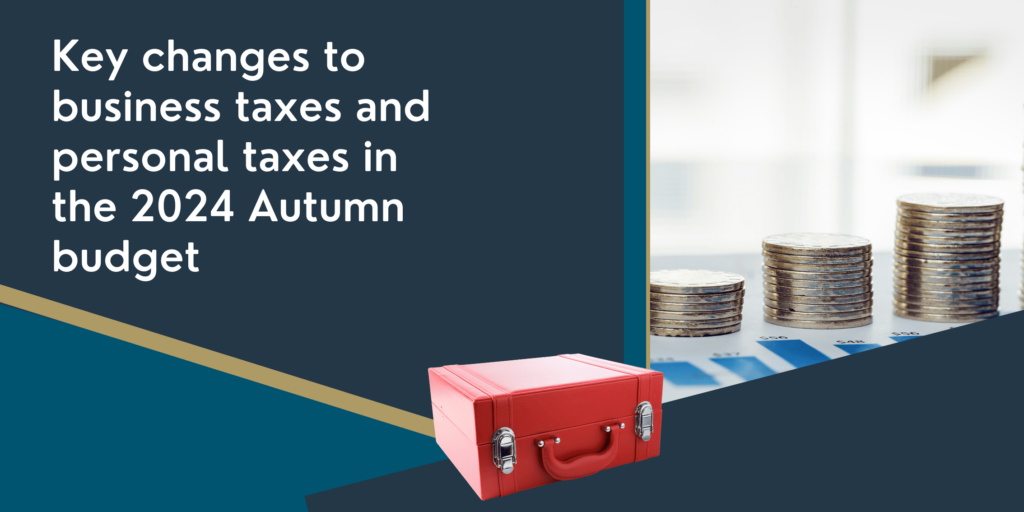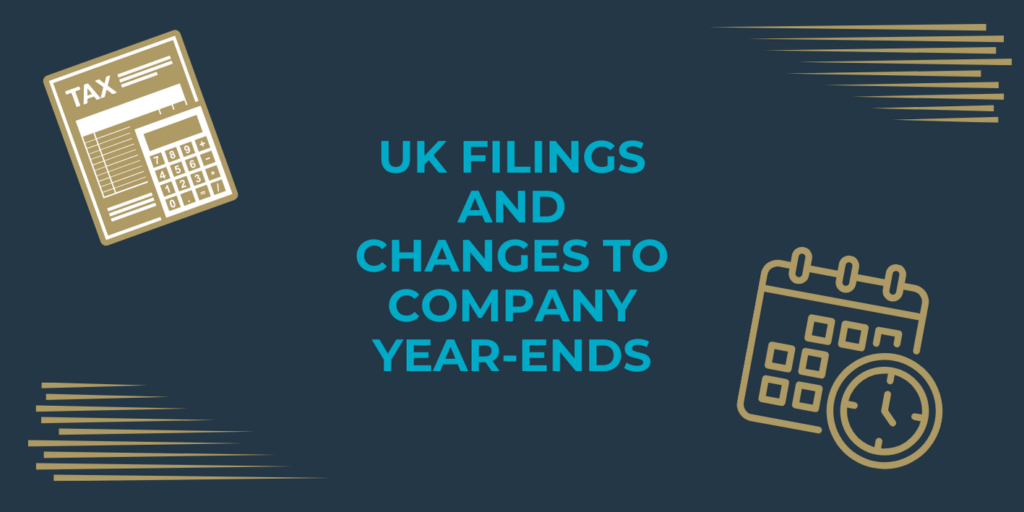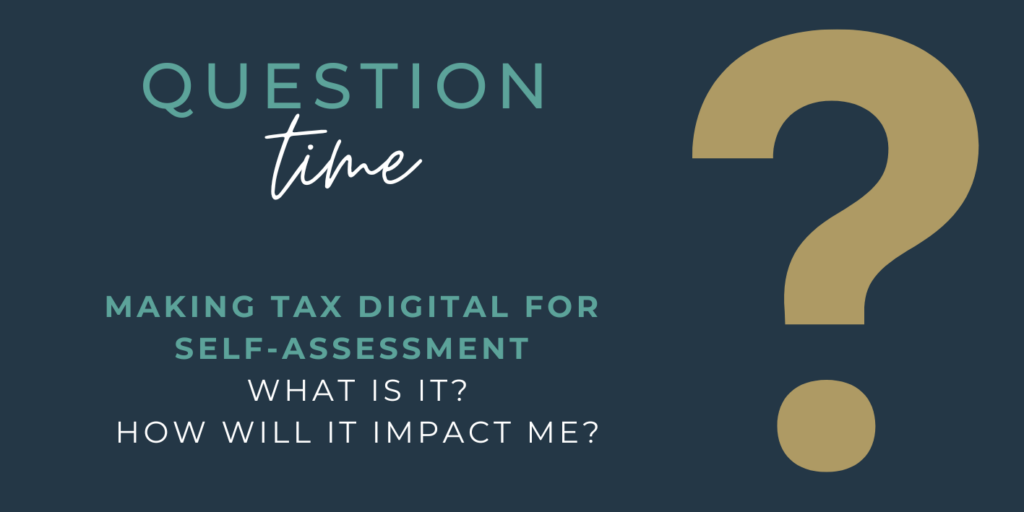How to deal with HMRC self-assessment errors
HMRC have confirmed that it has reviewed around 30,000 self-assessment returns for 2016-17 where it considers there was a risk that their tax calculator had incorrectly computed the individual’s tax liability because of a known exclusion. This only applies to returns that were filed electronically and not to those filed on paper.
When self-assessment returns are submitted online, the tax liability has to be calculated in accordance with HMRC’s own tax calculation specifications. If the tax calculator isn’t able to compute the tax liability correctly, the return will be rejected. This is known as an exclusion.
However, in the 2016-17 tax year, a number of inaccuracies were discovered in HMRC’s own tax calculations, mostly relating to the interaction between the allowances for savings and dividend income; personal allowance; and the higher and additional rate tax bands.
The errors stemmed from a failure to take into account four complex tax allowances, some of which were introduced at the beginning of the April 2016 tax year. The exclusions meant accountants were required to file many returns in paper form.
Any taxpayer who has been affected will have received a new SA302 (evidence of earnings) calculation, together with advice on what they need to do, by the end of November. However, HMRC will not have sent a copy of the new calculation to accountants.
We advise all our clients who have been affected by this error to forward any communications sent by HMRC to us without delay so that we can check your calculations for you.
Tax payers should still file their next self-assessment return online by January 31st 2019, as well as paying their estimated balance for 2017-18 and their first payment for 2018-19 by the same date.
To find out more about how we can help you with all your tax needs, please contact us.







